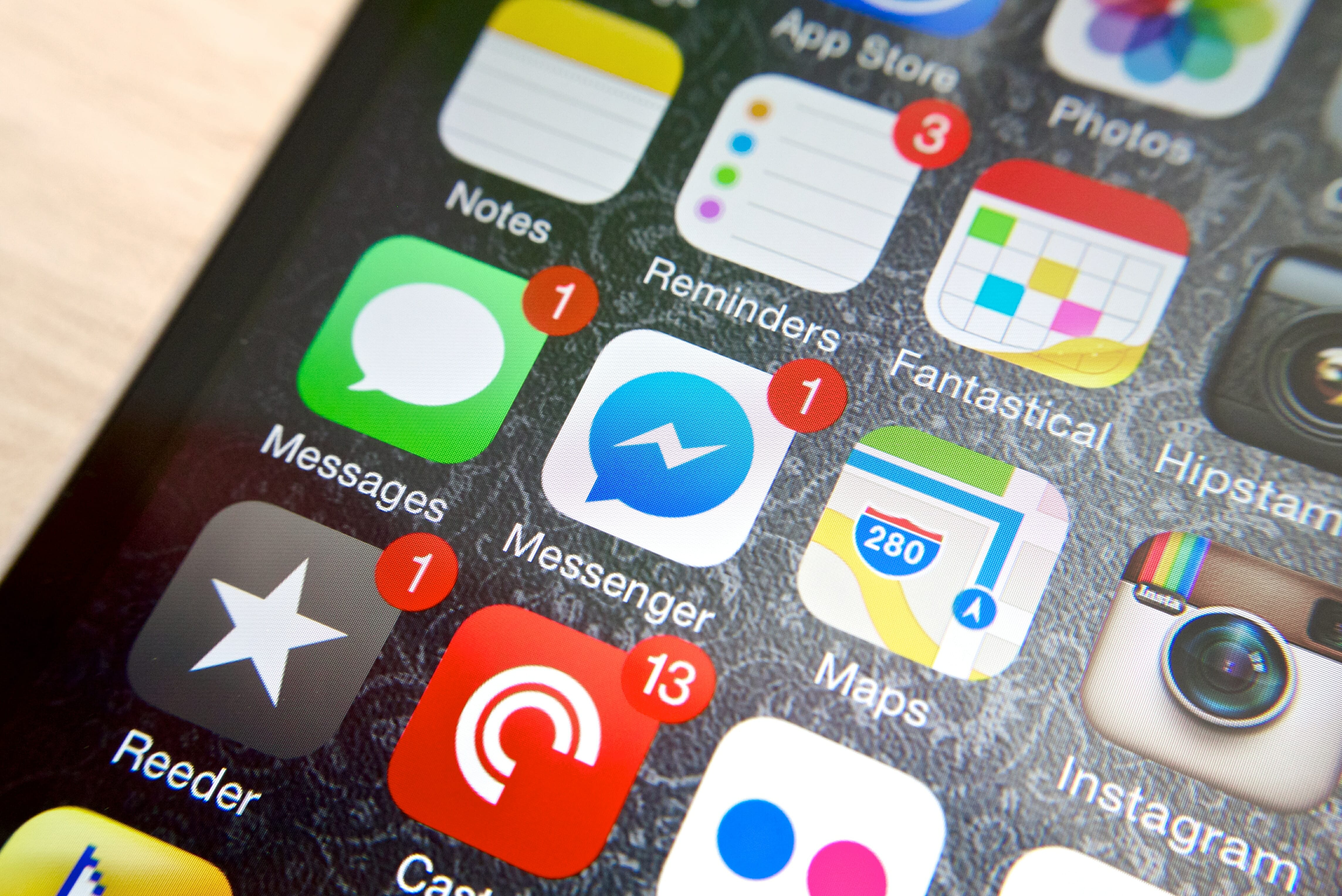
With Messenger Kids, children don’t have a public profile that every other Facebook user can see. This set-up - where kids use the app in a controlled environment and their parents manage every aspect of it - is like training wheels for a child’s first social media experience. Messenger Kids sidesteps this requirement because parents actually sign up on their child’s behalf and manage their account themselves. Technically, kids under 13 cannot use social media platforms (including Facebook) because of COPPA, a federal law that protects children’s online data. How Messenger Kids is Different from Other Social Mediaīefore we dive into the mechanics of Messenger Kids, it may be helpful to understand why many parents choose to use it. If your child is already using Messenger Kids - or if you’re thinking about using it to help them connect with friends and family - we’ll break down everything you need to know in this blog post. Kids get a level of autonomy while parents get peace of mind that they can see (mostly) everything their child is doing on the app. Much of the app’s appeal lies in the fact that parents not only have full oversight into their children’s activities, but they can also rely on the contact lists of their existing Facebook networks. While teens may opt for the Wild Wests of TikTok, Instagram, and Snapchat, younger kids and tweens are now using Facebook’s Messenger Kids app in record numbers (and not just for the fun illustrated stickers and interactive filters).įacebook launched Messenger Kids, a video chat and messaging app designed specifically for kids to communicate with family and close friends, in 2017.

More than 2 billion people use it to stay in touch, and nearly half of those people use Messenger, its text chat and video app.

As parents probably know, Facebook is the most widely used social media platform for adults today.


 0 kommentar(er)
0 kommentar(er)
